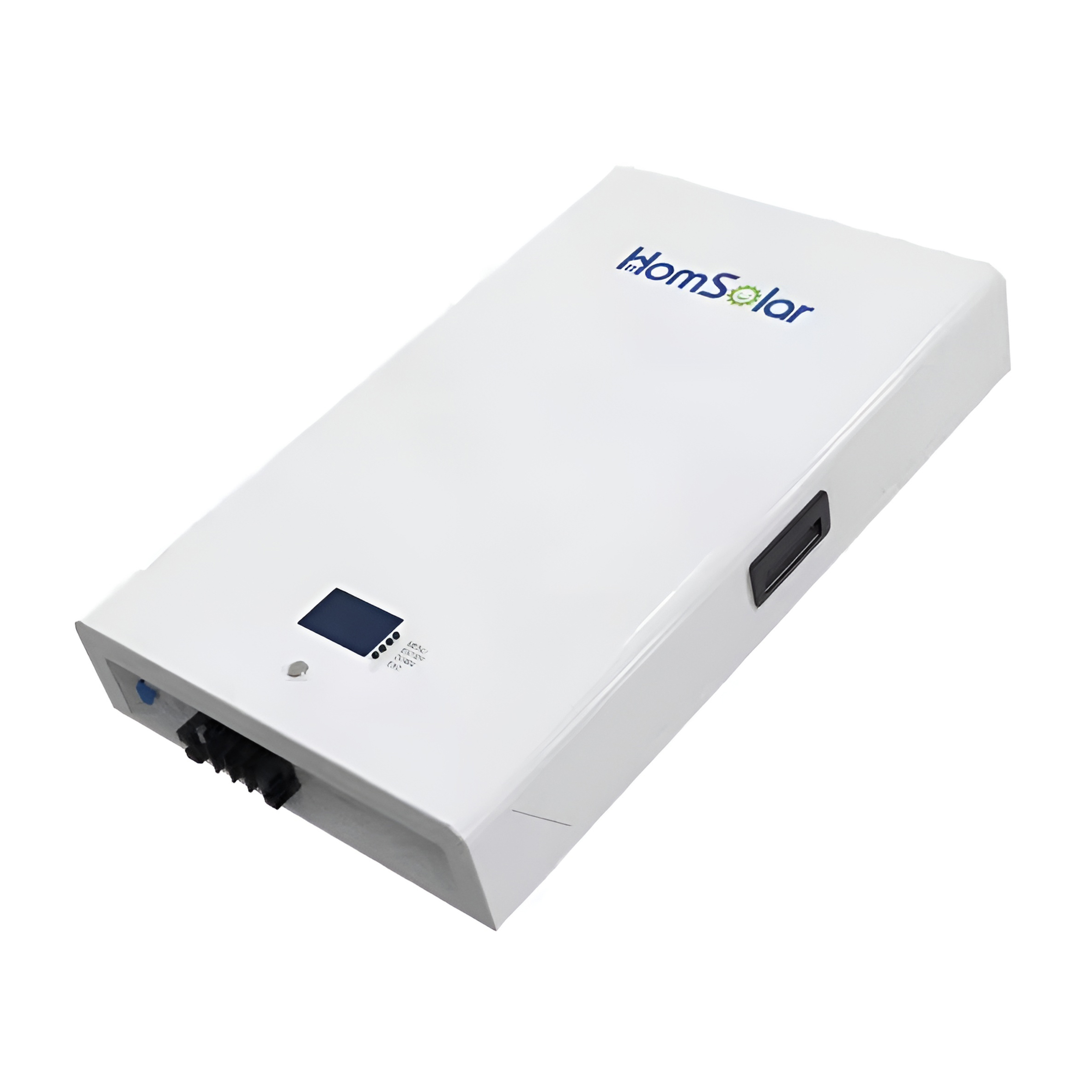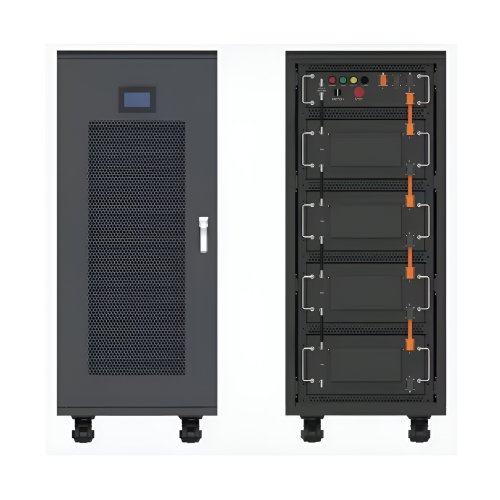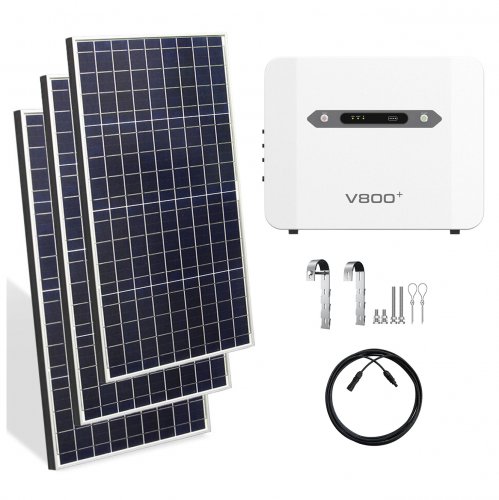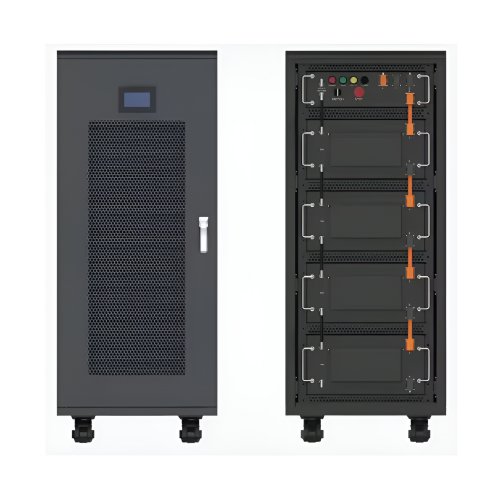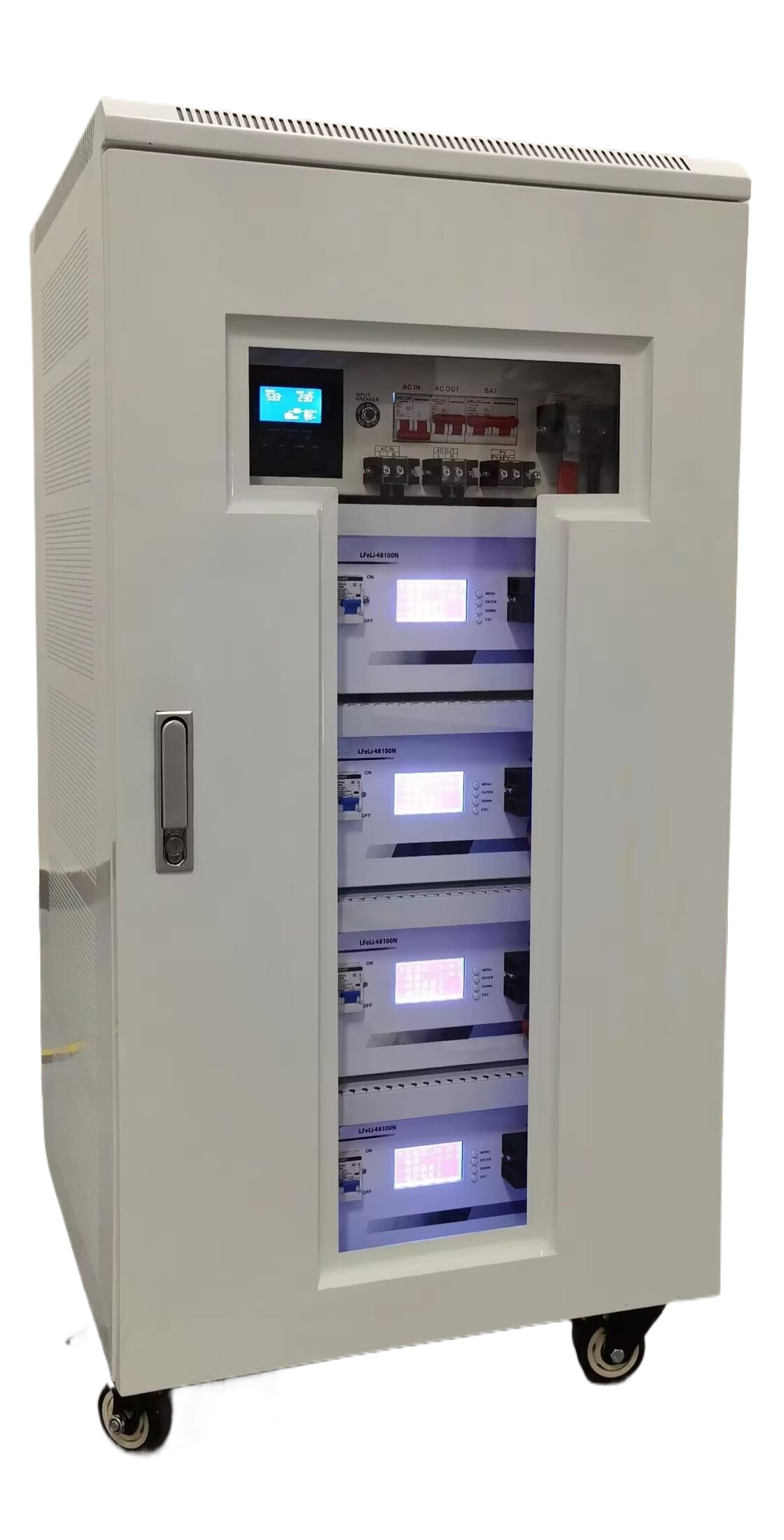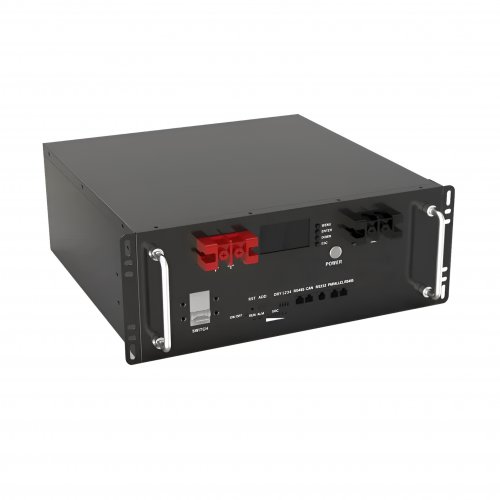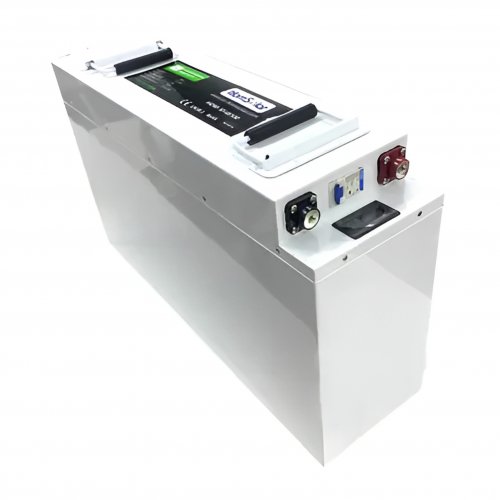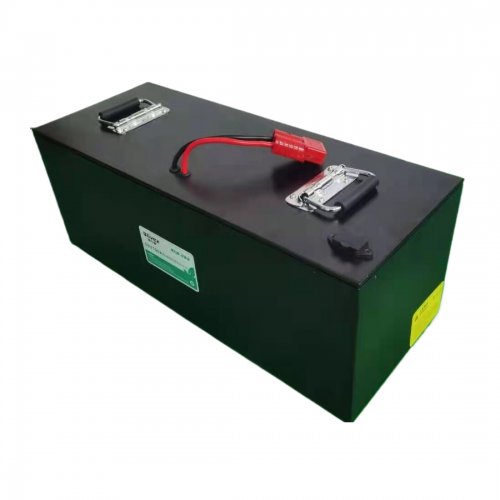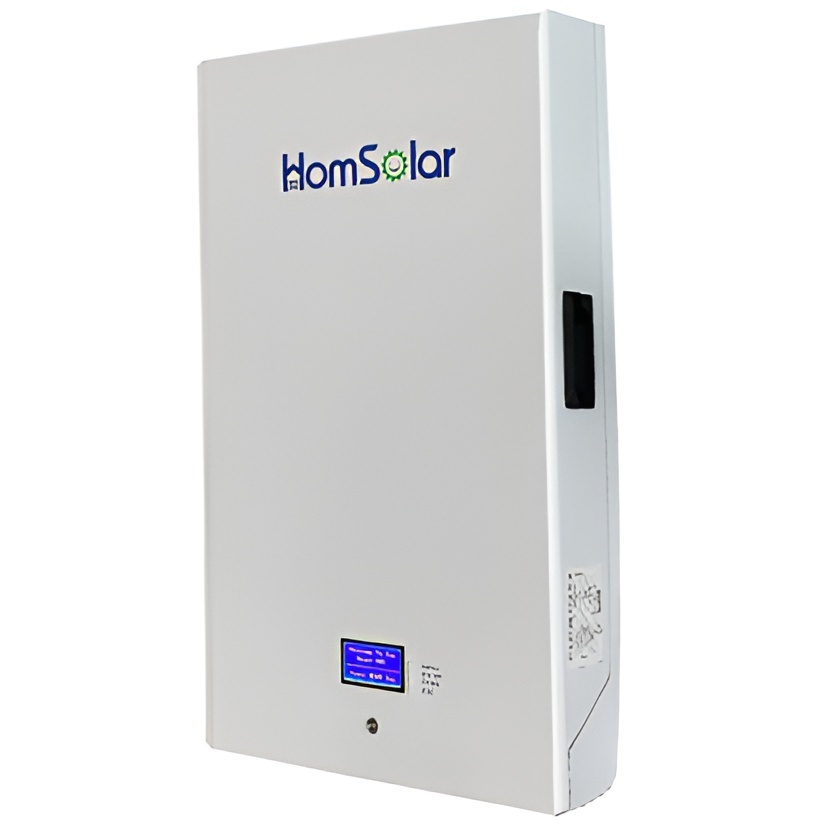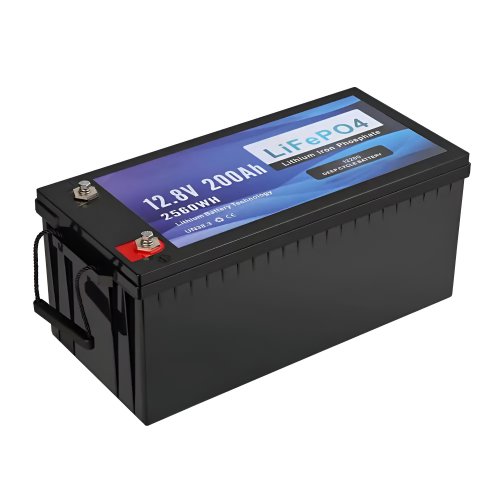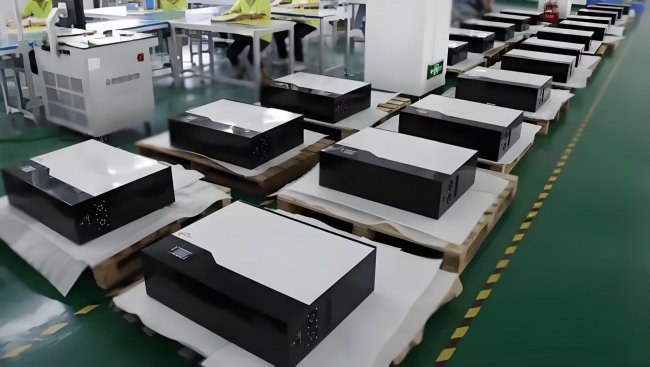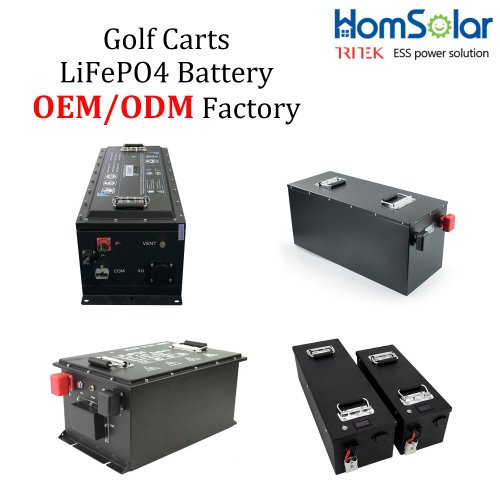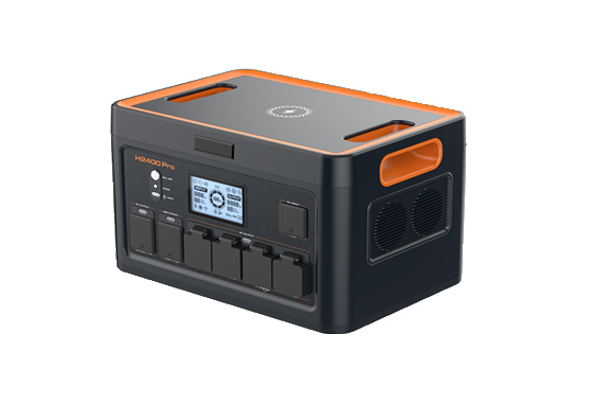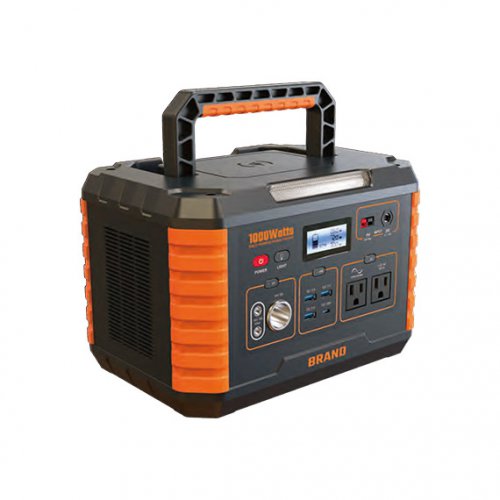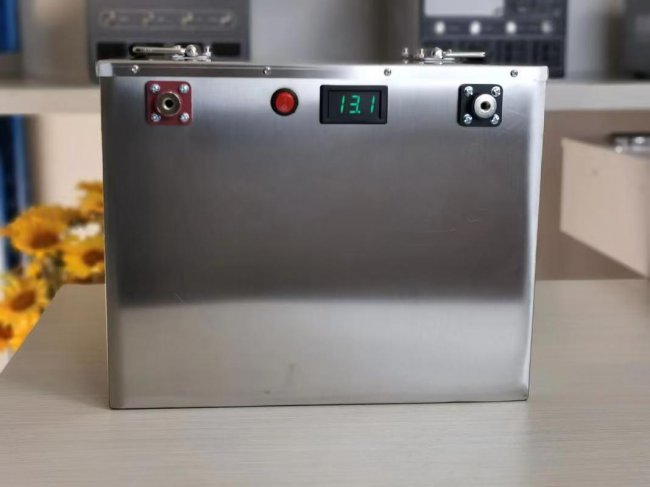Solar advances across MENA region
The MENA region’s energy economy revolves around oil and gas, which comprise around 97% of its energy consumption. With more than 60% of government revenue dependent on hydrocarbons in some MENA nations, the region is susceptible to fossil fuel price volatility.
Clean energy adoption is gaining traction, helped by sustainable development commitments and the Paris Agreement on climate change.
Oil-rich nations such as Saudi Arabia, the United Arab Emirates (UAE), and Kuwait support renewables via sovereign wealth funds, but will still need robust policy to incentivize adoption and drive public-private partnerships. Nations such as Jordan, which lack big oil reserves, are dependent on international backing for clean energy.
PV potentialThe MENA region is ideal for solar with its deserts and high solar irradiation of between 2 MWh/m² and 2.5 MWh/m² annually. Decreasing PV installation costs, driven by economies of scale and technological advancements, further bolster the solar business case. Labor cost advantages and tax incentives enhance PV’s attractiveness, particularly in Gulf Cooperation Council (GCC) countries, where low local production costs make large-scale projects viable.
The uptake of solar energy across MENA varies widely. Egypt and Jordan have embraced solar as part of their national energy strategies. Egypt’s 1.65 GW Benban Solar Park, one of the largest solar installations in the region, exemplifies successful implementation. This initiative underscores Egypt’s goal to generate 20% of its electricity from renewables, to be partially achieved by redirecting subsidies from fossil fuels to clean energy.
Supporting solar growthPolicy reforms across the MENA region have gradually introduced subsidy reductions and established renewable energy targets. Energy subsidies, particularly for fossil fuels, have historically distorted power markets, reducing the competitiveness of renewables. Since the Arab Spring protest movement of the early 2010s, Egypt has pioneered subsidy cuts and redirected funding to renewables. Jordan followed, reforming subsidies to reduce its reliance on imported fossil fuels and helping accelerate PV adoption.
The UAE and Saudi Arabia have set ambitious goals to increase the share of renewables in their energy mixes. Saudi Arabia’s Vision 2030 policy aims to generate 50% of the kingdom’s electricity from renewables by 2030. Supportive regulatory frameworks, including feed-in tariffs, net metering, and auction-based project allocation, have promoted solar projects and integrated renewables into the national grid. These measures also encourage investment by lowering market entry barriers and providing predictable returns.
Key challengesWhile MENA’s solar potential is undeniable, several barriers hinder rapid PV deployment. Many MENA countries face challenges securing investment due to high risk perception and credit rating limitations which restrict their access to commercial finance for renewables projects. Unlike oil-exporting countries like Saudi Arabia and the UAE, which benefit from strong credit ratings, countries such as Jordan rely heavily on international funding to support their renewables initiatives.
Institutional capacity varies widely across the region, with some countries lacking the regulatory experience to manage large-scale renewable projects effectively. Complex approval processes and the absence of coordinated policy frameworks create administrative barriers, delaying project implementation and diminishing investor confidence.
Grid integrationA significant technical challenge to solar expansion in the MENA region is limited grid infrastructure, particularly in the remote desert regions where solar projects are typically located. Countries such as Morocco and Tunisia have invested in grid improvement to better integrate solar energy but the high cost and technical complexity involved in rural grid extensions remain a barrier. Without adequate grid connectivity, excess solar power generation risks being wasted, thus undermining the economic viability of solar projects.
The intermittent nature of solar energy generation requires advanced grid management and energy storage solutions to ensure consistent electricity supply. MENA countries must adopt grid modernization practices such as smart grids and energy storage technology to facilitate renewable energy integration and enhance overall grid resilience.
Energy securityWith renewables capacity expected to triple by 2027, largely driven by solar, MENA countries can better insulate themselves from the volatile fossil fuel market and work toward their commitments under the Paris Agreement. MENA’s solar potential could transform the region into a key global clean energy market player. Initiatives such as the European Union’s “Risk of Energy Availability: Common Corridors for Europe Supply Security” project envision the MENA region as a renewable energy exporter to Europe, supplying up to 20% of the continent’s electricity needs by 2050 via cross-continental energy partnerships. That would enhance MENA’s geopolitical influence.
Customized/OEM/ODM Service
HomSolar Supports Lifepo4 battery pack customization/OEM/ODM service, welcome to contact us and tell us your needs.


HomSolar: Your One-stop LiFePO4 Battery Pack & ESS Solution Manufacturer
Our line of LiFePO4 (LFP) batteries offer a solution to demanding applications that require a lighter weight, longer life, and higher capacity battery. Features include advanced battery management systems (BMS), Bluetooth® communication and active intelligent monitoring.

Customised Lithium Iron Phosphate Battery Casing
ABS plastic housing, aluminium housing, stainless steel housing and iron housing are available, and can also be designed and customised according to your needs.

HomSolar Smart BMS
Intelligent Battery Management System for HomSolar Energy Storage System. Bluetooth, temperature sensor, LCD display, CAN interface, UART interface also available.


Terminals & Plugs Can Be Customized
A wide range of terminals and plugs can be customised to suit the application needs of your battery products.

Well-designed Solutions for Energy Storage Systems
We will design the perfect energy storage system solution according to your needs, so that you can easily solve the specific industry applications of battery products.



About Our Battery Cells
Our energy storage system products use brand new grade A LiFePO4 cells with a battery lifespan of more than 4,000 charge/discharge cycles.



Applications in Different Industries
We supply customized & OEM battery pack, assemble cells with wiring, fuse and plastic cover, all the cell wires connected to PCB plug or built BMS.
Applications: E-bike, Electric Scooter, Golf Carts, RV, Electric Wheelchair, Electric Tools, Robot Cleaner, Robot Sweeper, Solar Energy Storage System, Emergency Light, Solar Power Light, Medical Equipment, UPS Backup Power Supply.
We can provide you with customized services. We have the ability to provide a vertical supply chain, from single cells to pack/module and to a complete power solution with BMS, etc.


HomSolar (Shenzhen) Technology Co., Ltd







